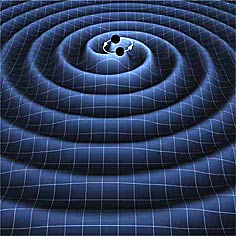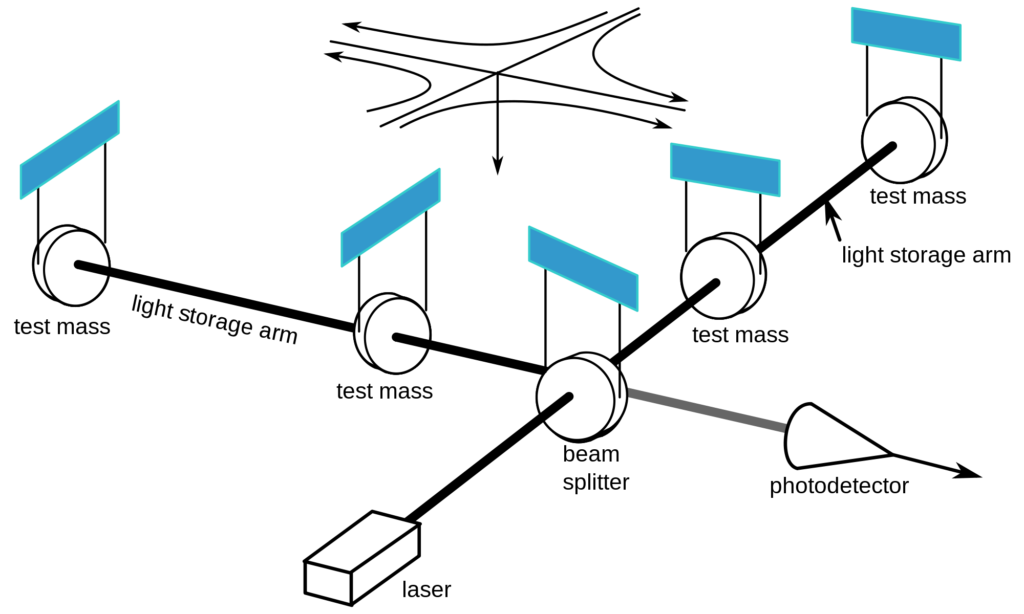
On Thursday, a team of scientists announced a discovery which is sure to win them a Nobel Prize. The team had discovered the existence of Einstein’s gravitational waves.
The idea that gravitational waves come from non-other than Albert Einstein and his published work on the Theory of General Relativity in 1915. His proposal stated that any object with mass must distort space-time. This means that when a mass moves through the universe, it creates what can be referred to as “ripples” through space-time, better known as gravitational waves.
Up until this point, the scientific community has been able to use Einsteins theory and its equations, as well as supercomputers, to generate a picture of what these waves would look like. Like most things on this side of physics, the waves are considered negligibly small and thus nearly impossible to detect…. until today.
To be more specific, the team at the Laser Interferometer Gravitational-Wave Observatory (LIGO) detected these waves on September 14th last year.

On this date, the mirrors set up by LIGO in the form above appeared to move a tiny bit. However, in actuality, the mirrors DID NOT move, the space between and around them did! This was the moment science has been waiting for: a sign that space-time exists as Einstein predicted.
Numbers were checked and re-checked countless times to confirm the findings. Two black holes, 1.3 Billion light-years away are the cause for this signal. Even at their immense distance from earth, when the two black holes of great masses collided, they created a signal great enough for us to detect.
So what does this mean for science? Well, once again, Einstein was right, proving that another one of the concepts in his General Theory is correct. Knowing that gravitational waves exist will open up a great door for new scientific discoveries and even suggest that space travel and faster-than-light travel may be closer than we previously thought.
In the words of LIGO’s executive director, David Reitze, “We did it!”






